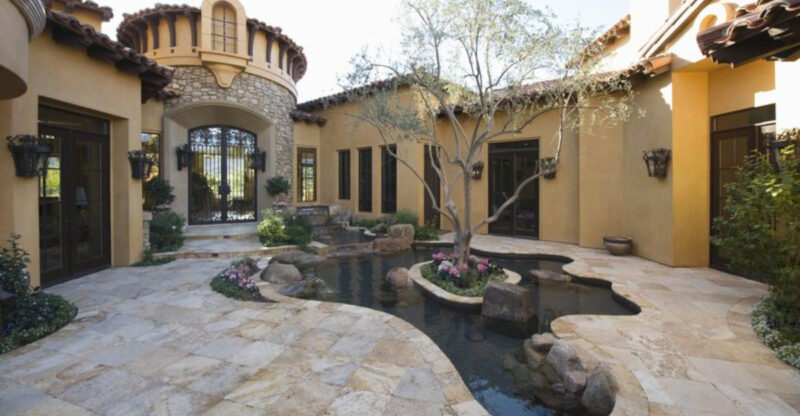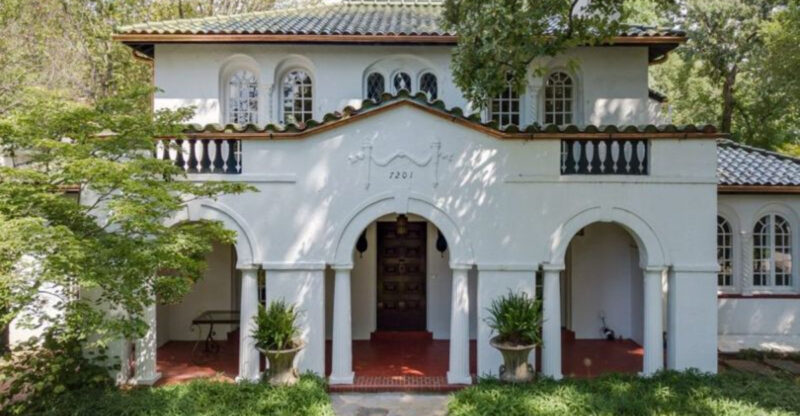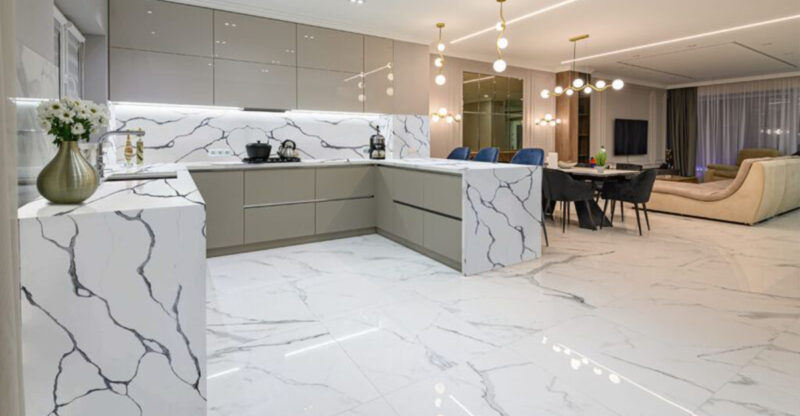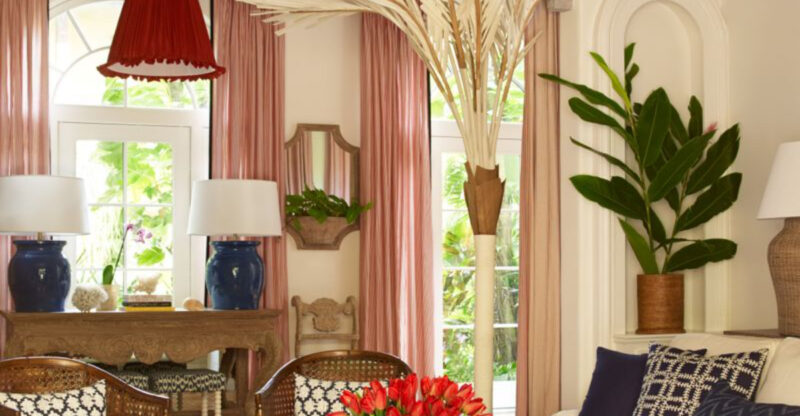DIY Dried Hydrangea Arrangements
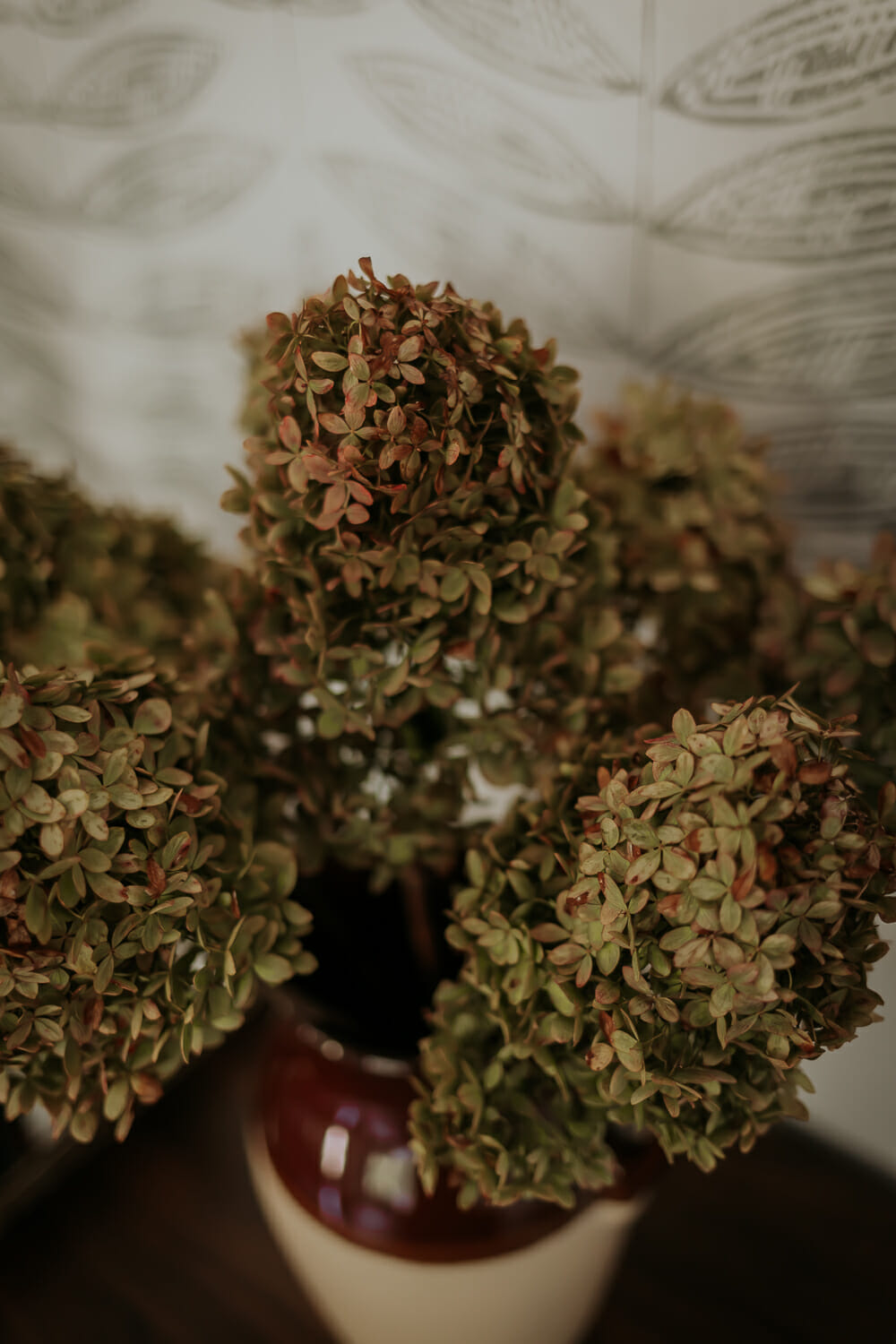
This post contains affiliate links, which means we may earn a small commission if you purchase through them — at no additional cost to you. Please see our policy page for more details.
Hydrangeas are one of my favorite flowers ever. Don’t you wish their beauty could last all year long? Well, it kind of can. With dried hydrangea arrangements.
And it’s actually pretty simple. You basically cut them. And then ignore them. Give them the cold shoulder. Let’s dive right in on how to do this.
How to dry hydrangeas
There are a few tips and tricks for making sure you have the best hydrangeas for drying. Follow this method. It’s basically set and forget. The hardest part is knowing the optimal time to snip your hydrangeas.
Step 1: Choose Old Blooms
This is the most important step of this whole process. Choosing when to pick your hydrangeas for drying can make or break your end results. Don’t go for new blooms. Choose the hydrangea blooms that have been around all summer and are just starting to fade. They should feel kind of papery and crinkly in your hands.
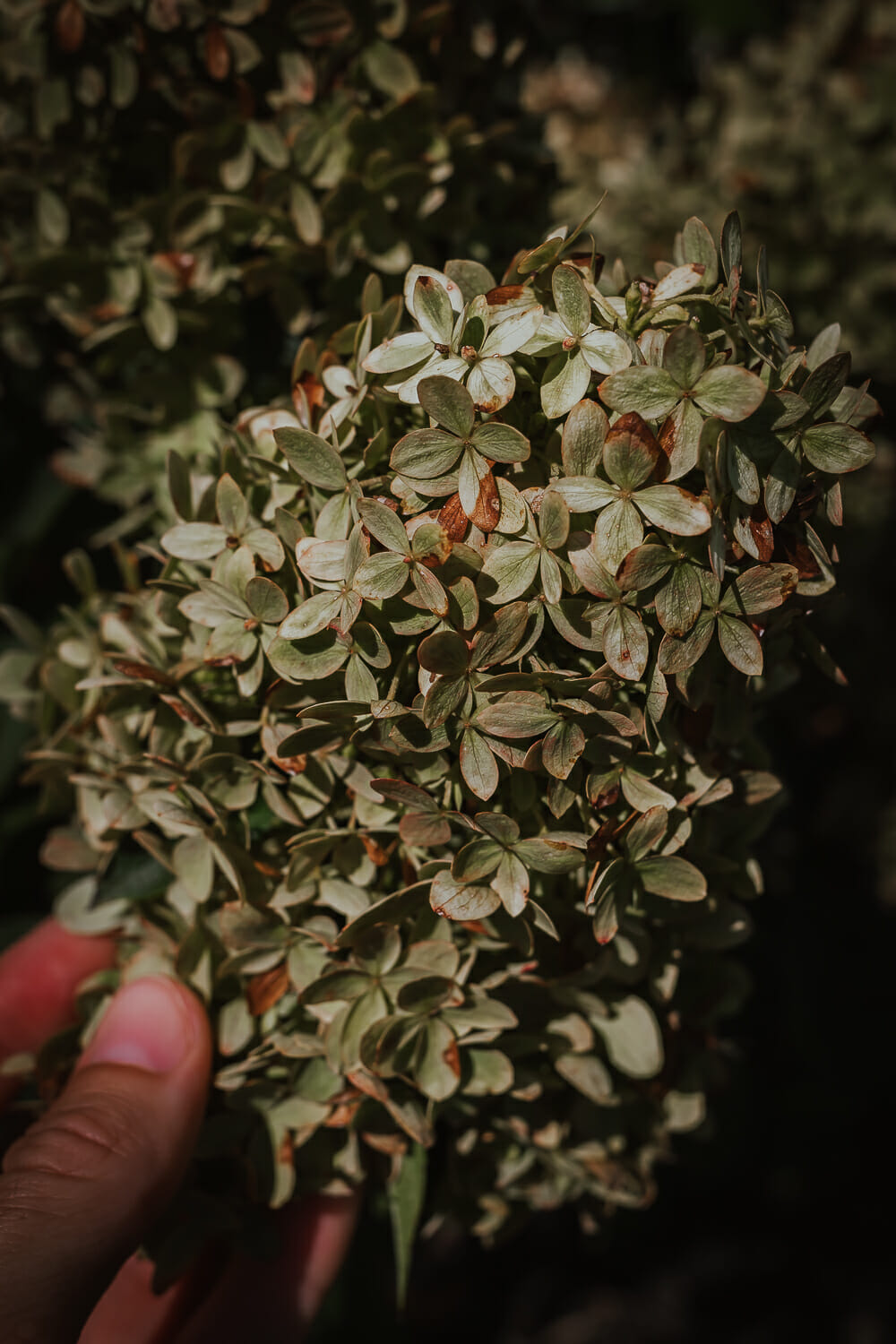
Here’s an easy tip for ya – don’t cut any blooms until the end of Summer/Beginning of Fall. Yep – wait until late August and early September. For our limelight hydrangeas in NC, that’s right around beginning of Septemeber. The blooms are just starting to dry out and are a beautiful green/mauve.
If you pick them too early, your blooms are still too moist to dry and will just wilt. If you wait too long, your hydrangeas will dry brown and crispy. Like you left them in the oven too long. (Don’t ever put your hydrangeas in the oven, FYI). I still like the brown ones! I know, I’m weird.
Moral of this story: Pick the right blooms at the right time.
Step 2: Snip and remove leaves from stem
Take your pruning shears and snip off your hydrangeas one by one. I like a longer stem. Remove all the leaves, you just want a nice clean stem.
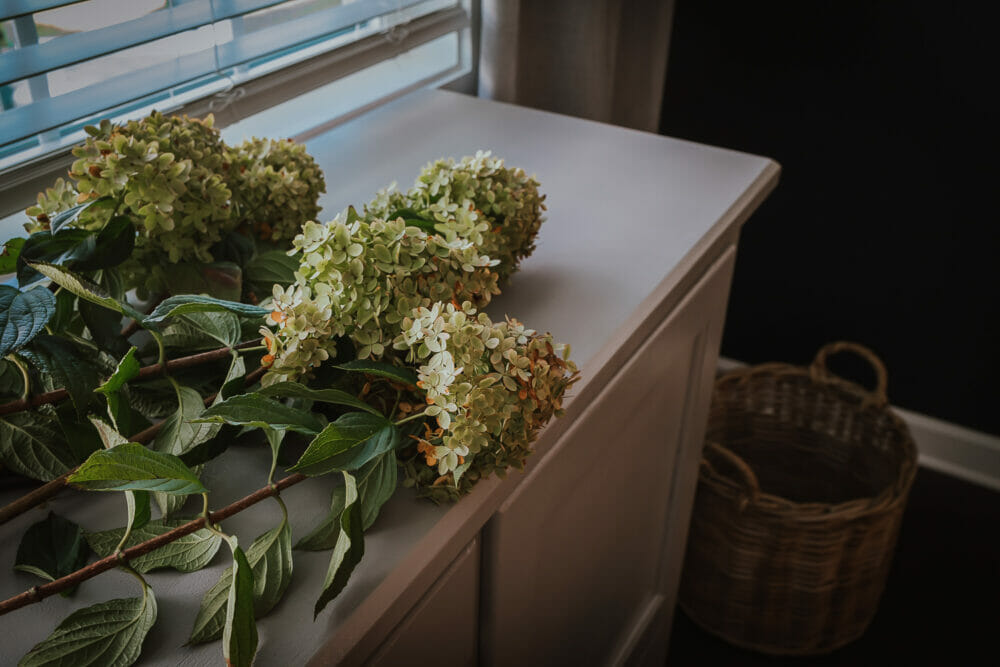
Step 3: Place your Hydrangeas in a Vase of Water
Yes, you read that right. In order to preserve the color on your hydrangeas, you want to give them a little bit of water. Fill it about 1/3. Hydrangeas take about two weeks to completely dry. Don’t refill the water. Just let them hang out in there.
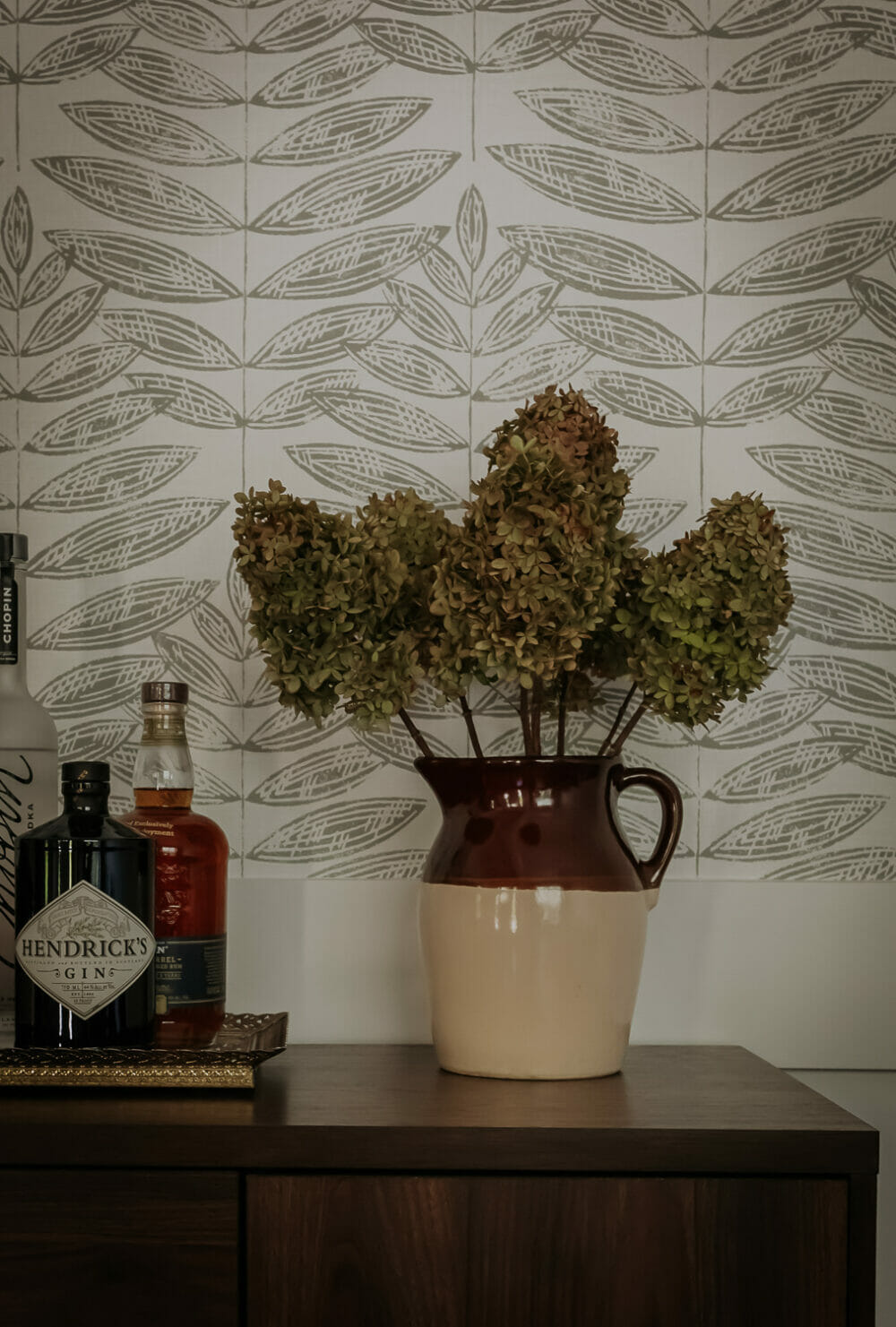
Do I really need water? Nope. You don’t. You can just leave them to dry in a vase. Personally, I’ve tried this both ways; with and without water. I like my dried hydrangeas better when I gave them water while drying out.
Step 4: Wait
Now just sit back and wait a couple of weeks. Be patient! The drying magic is happening.

Step 5: Enjoy
After a week or two, your water should be gone and you are left with beautiful dried hydrangeas! These dried hydrangea blooms will last about a year if you take good care of them.
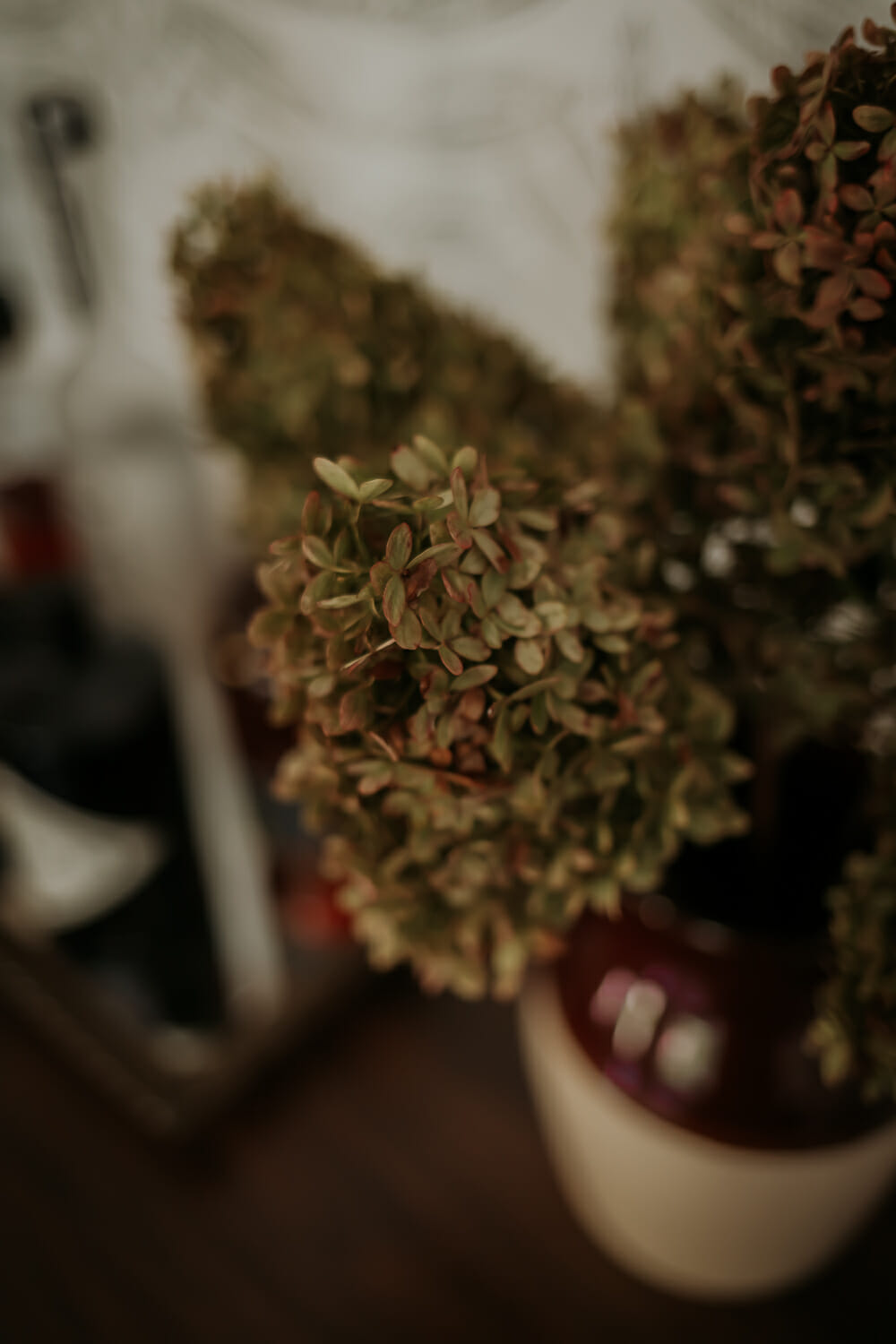
READ: You still need to be careful and kind of baby them. Don’t be touching them too much. That will make them want to crumble. And I never liked crumble.
Dried Hydrangea Arrangements
I place mine in the vase I’m going to use from the beginning and just let them dry in there. My arrangements are simple – just beautiful dried Hydrangeas is all I need!
These dried hydrangeas below are called Little Quick Fire Limelight Hydrangeas.

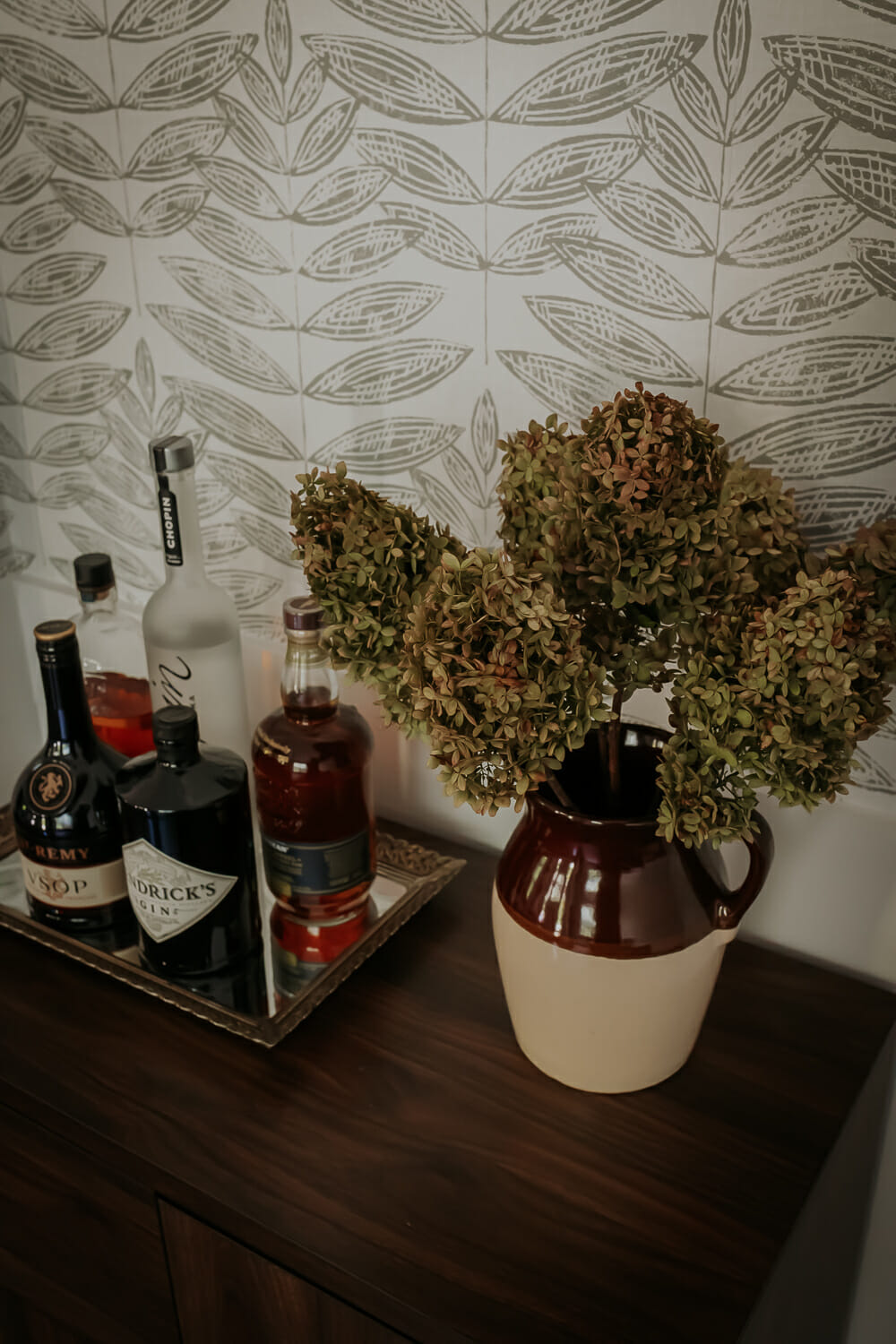
The specific Hydrangeas I have for this arrangement are called Panicle Hydrangeas ‘Pink Diamond’. They start out white and then turn pinkish brown. So pretty, especially for Fall. They are somewhat delicate and lacey.



